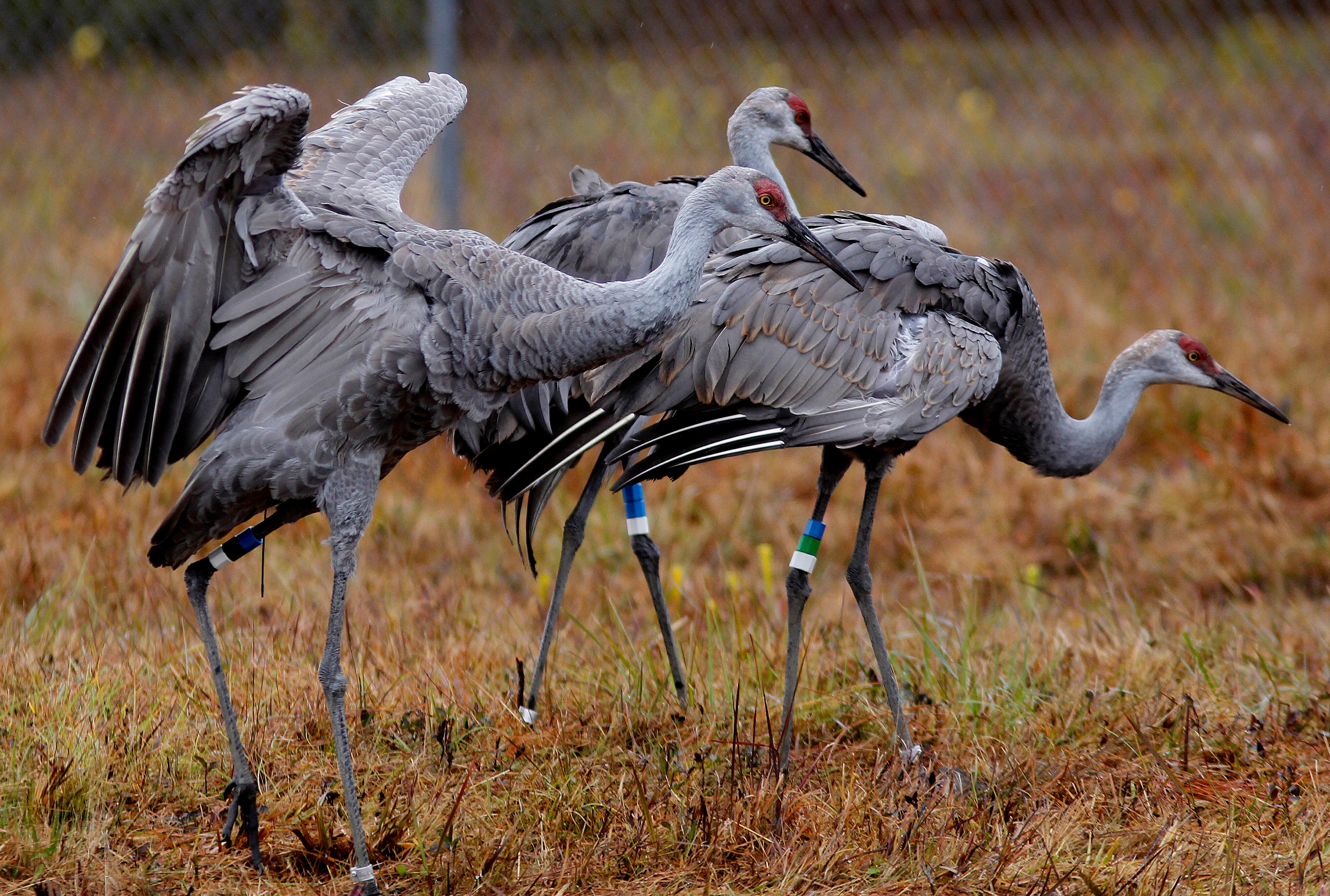US officials reverse course on pesticide's harm to wildlife
U.S. wildlife officials have reversed their previous finding that a widely used and highly toxic pesticide could jeopardize dozens of plants and animals with extinction

U.S. wildlife officials have reversed their previous finding that a widely used and highly toxic pesticide could jeopardize dozens of plants and animals with extinction, after receiving pledges from chemical manufacturers that they will change product labels for malathion so that it’s used more carefully by consumers.
Federal regulations for malathion have been under review in response to longstanding complaints that the pesticide kills many protected plants and animals. The U.S. Fish and Wildlife Service determined last April that malathion could threaten the continued existence of 78 imperiled species and cause lesser harm to many more.
Wildlife officials reversed their position on the 78 species in a Feb. 28 biological opinion following talks between malathion manufacturers, officials from the wildlife service and the Environmental Protection Agency, according to documents reviewed by The Associated Press in advance of their public release.
Wildlife service officials now say malathion could cause limited harm to hundreds of species, but is unlikely to jeopardize any of them with extinction, as long as labels that dictate its use are changed.
“The Service worked with EPA, the malathion registrants and USDA to develop general and species-specific conservation measures that significantly reduce many of the effects of malathion use on listed species and their critical habitats,” said Gary Frazer, the wildlife service’s assistant director for ecological services.
The manufacturers agreed to use labels that provide extensive guidelines on when and where malathion should be used to avoid killing wildlife. For example, the labels would say not to spray malathion to kill mosquitoes during the middle of the day, when bees and some other insects are more active and thus more likely to be inadvertently killed.
The species that were found in jeopardy last year included birds such as the Mississippi sandhill crane and various fish, insects, snails and other animals and plants.
Every year almost a million pounds of malathion are used on crops in California, Florida, Washington, Oregon, Ohio and other states. Close to 2 million pounds is used every year in home gardens, for mosquito control and other non-crop uses, according to data from a 2018 government survey. The amount used on farmland has fallen by about two-thirds since its 1998 peak, according to the data.
Malathion is considered highly toxic to insects, fish and crustaceans. International health officials have said the chemical is probably carcinogenic to humans.
The review of malathion’s impacts on wildlife came under a legal agreement with the Center for Biological Diversity. The environmental group first sued the EPA two decades ago, for failing to consult with other federal agencies about the risks of pesticides on wildlife and plants, and filed more lawsuits leading up to its 2013 settlement with the Fish and Wildlife Service.
A separate review of malathion’s affects on species is pending from the National Marine Fisheries Service. The agency said in a Feb. 25 draft analysis that malathion could jeopardize 37 species. The draft did not include consideration of the label changes planned by manufacturers, which fisheries service officials said they would incorporate into their final opinion.
Subscribe to Independent Premium to bookmark this article
Want to bookmark your favourite articles and stories to read or reference later? Start your Independent Premium subscription today.
